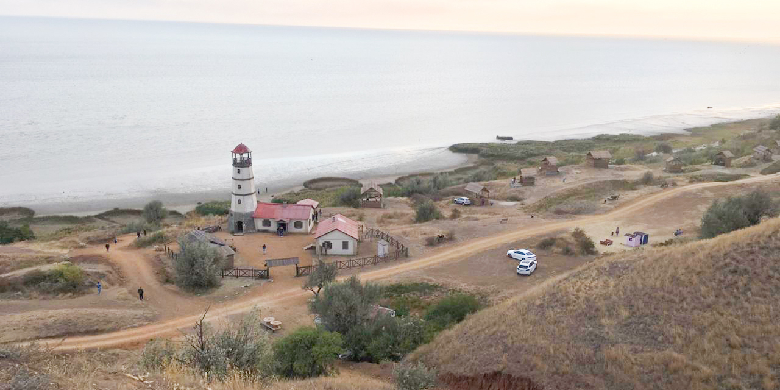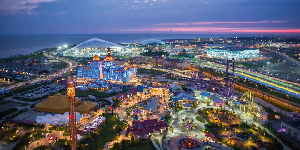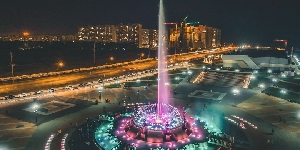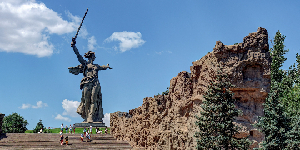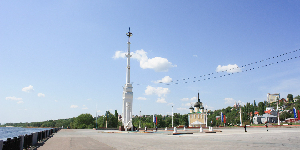Geography. The region is located in the southern part of the East European Plain and partially in the North-Caucasus region. It occupies an immense territory in the river basin of the Lower Don. The region’s territory is a plain dissected by river valleys and gullies. The maximum height above sea level is 253 m. The area is 100,800 sq.km.
Climate. Moderately continental.
Average temperature
- - 7°C in January
- +23°C in July
Population
Economy. The region has a well-developed agricultural industry, food processing industry, heavy and agricultural engineering, coal industry, and car manufacturing.
Logistics. Being Russia’s “gate” to the countries of the Black Sea and Precaspian basins, the Rostov Region has a well-developed transport infrastructure.
- Don Highway
- Moscow - Rostov – Caucasus railway line
- There is a navigable river route from the center of Russia to the Black Sea and the Mediterranean Sea. There are three sea ports: Rostov, Taganrog, and Azov.
- Saint Petersburg - Moscow - Caucasus air corridor. Platov International Airport in Rostov-on-Don and the regional airport Taganrog - Yuzhny in Taganrog.
Tourist attractions
- The Rostovsky Biosphere Reserve was founded in 1995. It covers the areas of the Remontnensky and Orlovsky Districts. The area is around 9,500 ha. The better part of the reserve is occupied by boundless desert steppes with alkaline soil. The flora consists of more than 400 species, six of which are listed in the Red Book of Russia, and another dozen are listed in the region’s Red Book.
- Two Sisters Mountains. They are located in the Belokalitvinsky district of the Rostov Region, near the town of Belaya Kalitva. These are two cliffs that are around 100 meters high on the left bank of the Seversky Donets River. Legend says that these are bewitched twin sisters. And scientists attribute the likeness of mountains to their formation around a million years ago as a result of Earth’s crust motion. Then the gigantic limestone beds came out onto the Earth’s surface and overgrew with greenery with the passing of time.
- Dolgy, or Dlinny (Long) Canyon. This captivating canyon in the Kamensky district is a piece of the North American landscape in the middle of the steppe of the Rostov Region. There is a sky-blue river running in the foothills of the cliff. Its waters are so clear and crystal that you can see clearly almost every stone at the bottom.
The capital is the city of Rostov-on-Don, founded in 1749.
Population
The city is a major administrative, economic, cultural, scientific and educational, and industrial center and a principal transport hub in the south of Russia. Rostov is informally called the Caucasus Gate and the Southern capital of Russia as well as the Don capital. The city boasts more than 800 cultural heritage sites, half of which are architectural monuments. In 2018, Rostov-on-Don was one of the cities that hosted the FIFA World Cup matches.
